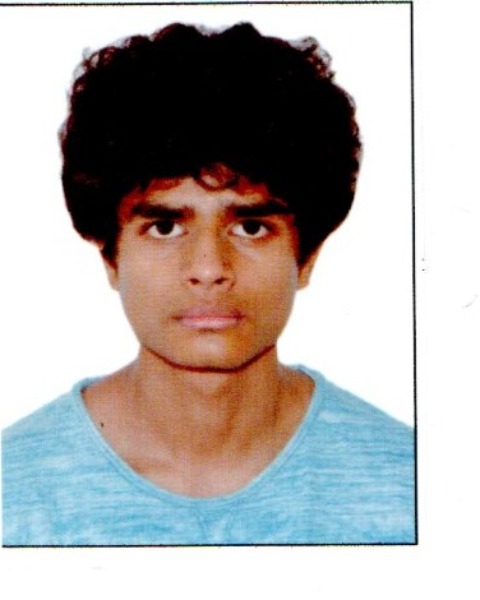Treatment of Newly Diagnosed Myeloma - Transplant Eligible
Poster Session 1
P-163: Treatment Patterns and Outcomes in Newly Diagnosed Multiple Myeloma
Wednesday, September 27, 2023
1:30 PM - 2:30 PM EEST


JASH YOGESH SHAH (he/him/his)
3rd MBBS STUDENT
SETH GS MEDICAL COLLEGE AND KEM HOSPITAL,MUMBAI
Mumbai, Maharashtra, India
Introduction: Though significant progress has been made in therapy and outcomes of multiple myeloma, real-world outcomes remain inferior compared to clinical trial settings. Access to treatment with novel agents including autologous stem cell transplant (ASCT) and immunotherapies is limited in developing countries, which may further compromise the outcomes. This study looks at consecutive patients with newly diagnosed multiple myeloma (NDMM) patients registered over a period of 12 months to estimate overall survival and factors influencing them.
Methods: This is a retrospective analysis of 243 consecutive NDMM patients from January 2017 to December 2017. Data was collected from Electronic medical record for treatment received, outcomes and factors affecting outcomes were evaluated using Kaplan Meier log rank test in univariate and Cox regression model for multivariate analysis.
Results: The median age of study population was 56 years (range, 27 to 79). FISH analysis was available in 93.8% of patients and revealed hyperdiploidy in 39.5%. High-risk cytogenetics (del 17p, t (4:14), t(14;16), and t (14;20) abnormalities were found in 34.9% of the patients. R-ISS was available for 95.47% of the patients with R-ISS I, II, and III in 19 (7.8%), 128 (52.7%), and 45 (18.5%) patients respectively. First-line treatment was VCd in 174 (75.7%) patients, VRd in 26(10.7%) patients, while18 (7.40%) patients received doublet. Only 20 (8.2%) patients could underwent ASCT and 56 (22.6%) received maintenance therapy. The median overall survival was 4.3 years. On univariate analysis, female gender, R-ISS stage, raised LDH, ECOG performance status 1 or less, ASCT and use of maintenance therapy were significantly associated with better OS. On multivariate analysis female gender, ECOG performance status 1 or less and use of maintenance therapy were independent predictor of better OS.
Conclusions: Outcomes of multiple myeloma patients in our series are inferior as compared to reported outcomes in literature. Most of patient in this time period did not receive RVd induction, ASCT and or maintenance therapy and appropriate use of these modalities may improve outcomes.
Methods: This is a retrospective analysis of 243 consecutive NDMM patients from January 2017 to December 2017. Data was collected from Electronic medical record for treatment received, outcomes and factors affecting outcomes were evaluated using Kaplan Meier log rank test in univariate and Cox regression model for multivariate analysis.
Results: The median age of study population was 56 years (range, 27 to 79). FISH analysis was available in 93.8% of patients and revealed hyperdiploidy in 39.5%. High-risk cytogenetics (del 17p, t (4:14), t(14;16), and t (14;20) abnormalities were found in 34.9% of the patients. R-ISS was available for 95.47% of the patients with R-ISS I, II, and III in 19 (7.8%), 128 (52.7%), and 45 (18.5%) patients respectively. First-line treatment was VCd in 174 (75.7%) patients, VRd in 26(10.7%) patients, while18 (7.40%) patients received doublet. Only 20 (8.2%) patients could underwent ASCT and 56 (22.6%) received maintenance therapy. The median overall survival was 4.3 years. On univariate analysis, female gender, R-ISS stage, raised LDH, ECOG performance status 1 or less, ASCT and use of maintenance therapy were significantly associated with better OS. On multivariate analysis female gender, ECOG performance status 1 or less and use of maintenance therapy were independent predictor of better OS.
Conclusions: Outcomes of multiple myeloma patients in our series are inferior as compared to reported outcomes in literature. Most of patient in this time period did not receive RVd induction, ASCT and or maintenance therapy and appropriate use of these modalities may improve outcomes.
